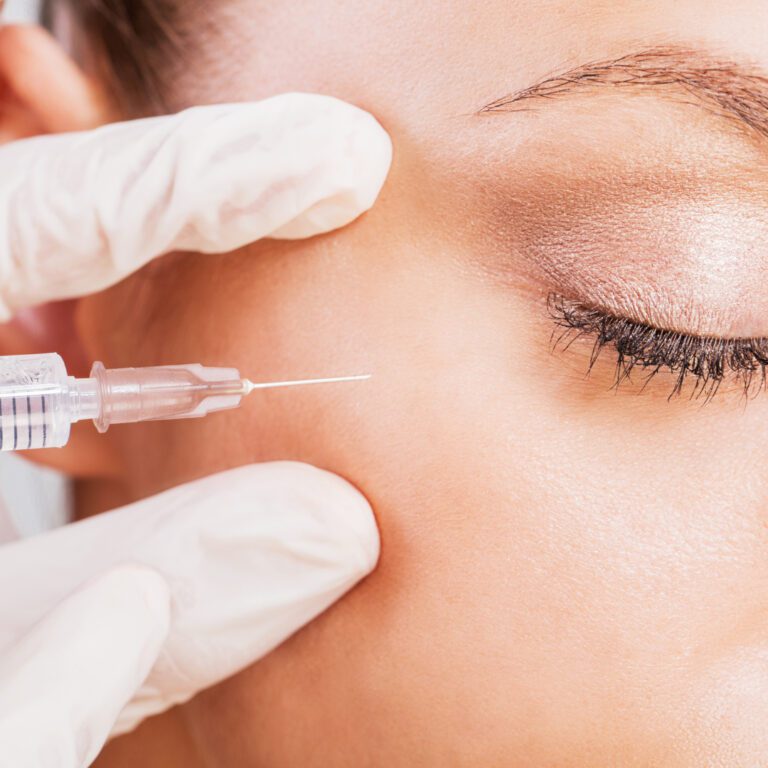
Exfoliation aims to remove the build-up of oils and dead skin cells that sit on the surface of your skin.
With several varieties of exfoliating treatments on the market, it can be daunting trying to find the right treatment for you and your skin.
We’re often asked how dermaplaning compares to microdermabrasion. While both of these facial procedures result in beautifully exfoliated skin, they’re totally different.
Let’s take a closer look.
Dermaplaning Explained
During a dermaplaning procedure, a scalpel is held at a 45-degree angle and passed lightly over your face in a scraping motion. There’s no slicing or pain involved, though.
The procedure removes layers of “peach fuzz” and dead skin buildup from your face.
Dermaplaning is a non-chemical, manual procedure, which means pregnant and nursing women can have it done without worrying about any adverse side effects associated with chemical peels and their ingredients.
On the whole, dermaplaning is not ideal for people with deep lines and wrinkles or irregular skin textures. It’s also not a good idea if you have severe acne as it can spread bacteria. However, dermaplaning is the perfect solution for dry to normal skin and mild to moderate lines and wrinkles.
Microdermabrasion Explained
Similar to dermaplaning, microdermabrasion is also a non-surgical resurfacing procedure. With microdermabrasion, a precise stream of fine crystals is used to loosen layers of dead skin cells and unclog your pores.
A suction motion gently removes dead skin cells while the crystals trigger your face to create fresh cells.
Microdermabrasion is slightly harsher than dermaplaning, but it does a good job of invigorating the skin, leaving your face feeling smooth and soft.
You can expect a little redness after your treatment, but your skin usually recovers by the next day.
The Right Treatment for You
While the two procedures are similar in that they exfoliate and resurface your skin and create a smooth canvas for skincare products and makeup, that’s where the similarities stop.
Microdermabrasion is more aggressive than dermaplaning. It uses a vacuum motion that can be rough on sensitive skin or people with rosacea.
Dermaplaning is milder and requires little contact with your skin, making it ideal for exfoliation maintenance.
If you’re not sure which treatment is right for you, it’s time to talk to an experienced skincare professional.
Schedule a consultation online or call us at 215-503-FACE.
Image: Freepik



